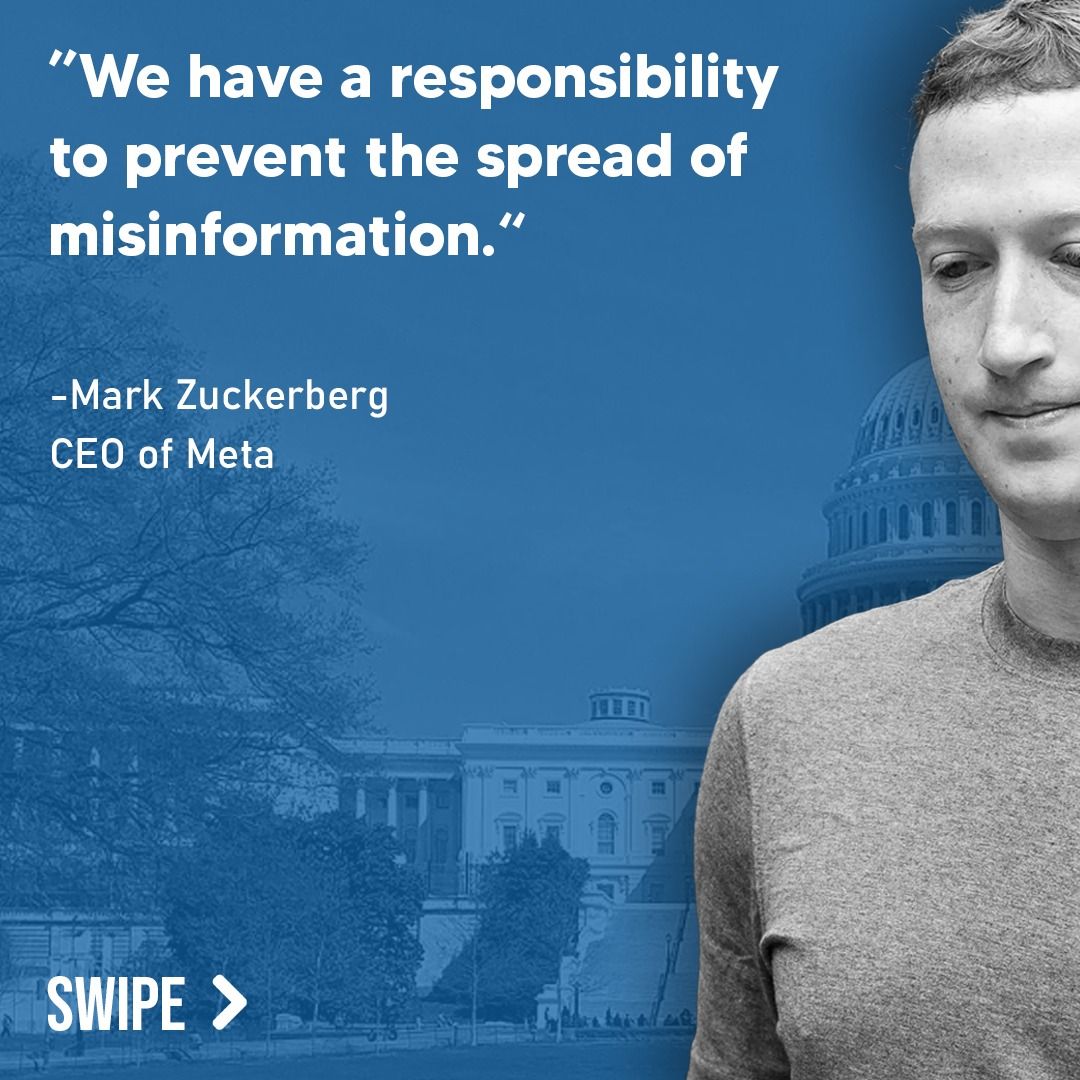“`html
Fact Check Analysis: Trump’s Mass Firing of Inspectors General
Examined Article: Read the Original Article on AP News
Date Published: January 25, 2025
Fact Check Submitted By: A DBUNK subscriber (you can submit your own fact-check requests for free on our upcoming DBUNK app!).
Preliminary Claim Overview:
The article alleges that former President Donald Trump removed roughly 17 independent inspectors general (IGs) across multiple federal agencies in violation of federal law, which requires a 30-day advance notice to Congress. It further posits that these firings were politically motivated and aimed at loosening oversight to facilitate misuse of government power.
Finding the Truth: Breaking Down the Claims
When major actions like this occur, we need to distinguish allegations, verified facts, and missing context. Let’s unpack each major component of the article to uncover inaccuracies, omissions, and examples of bias.
1. Claim: Trump Fired “Roughly 17” Inspectors General
Analysis: The article states that “roughly 17” inspectors general were fired, based on an anonymous source and an email. While such dismissals did occur, the Washington Post and other reputable sources confirm that only 12 inspectors general were dismissed—not 17 as implied in the title and parts of the text. This discrepancy creates a misleading impression of scale.
Moreover, relying heavily on anonymous sources without corroborating documentation limits the accuracy of this number. Trump’s initial public confirmation of the firings acknowledged mass dismissals but did not specify any number. Lack of precision here underscores the importance of critical fact-checking.

2. Claim: Trump’s Firings Were Unlawful Due to Lack of 30-Day Congressional Notice
Analysis: The article correctly cites federal statutes mandating a president must notify Congress at least 30 days in advance of firing an inspector general, along with an explanation. Trump’s failure to do so aligns with statements from Sen. Chuck Grassley (R-Iowa) and other critics. This constitutes a statutory violation unless compelling evidence to the contrary is submitted. However, legal scholars debate whether the lack of advance notice invalidates the firings outright or merely subjects Trump to criticism. This debate is missing from the article, reducing its legal analysis to a simplified partisan argument.

3. Bias in Framing and Missing Context
Bias: Throughout the article, descriptive phrases such as “chilling purge,” “golden age for abuse,” and “taking advantage of government” reflect an editorialized tone contrary to AP’s typically neutral reporting. By quoting predominantly Democratic lawmakers and watchdog agencies while minimizing Republican perspectives (beyond Lindsey Graham), the piece risks alienating bipartisan readers. The credibility of both Trump’s supporters and critics must be equally represented for a balanced account.
Missing Context: The article fails to explore whether these dismissals followed a broader trend of inspector general replacements from prior administrations. Historically, IGs are subject to turnover during transitions; for instance, President Barack Obama replaced numerous IGs in his tenure. While scale and timing in Trump’s case may still be unprecedented, omitting this historical backdrop creates a skewed context suggesting Trump acted entirely unilaterally and without precedent.
4. Claim: Appointing “Political Hacks” to Replace Fired Inspectors General
Analysis: The replacement of inspectors general by appointees loyal to an administration is not uncommon, as noted in past budget oversight under various presidents. However, while concerns about partisanship are understandable, the article does not present proof that Trump deliberately selected “political hacks” to fill vacancies. This assumption fosters mistrust without supporting evidence—raising alarm for speculation beyond fact-based reporting.

Reader’s Question: Why Did Trump Fire so Many Inspectors General at Once?
Our Answer: While specific intent remains speculative, Trump has historically criticized inspectors general as obstacles to implementing his policies. He likely viewed many as holdovers from his first term or other administrations and sought individuals he perceived as more aligned with his leadership vision. That said, without the 30-day notice, his actions suggest urgency, though it remains unclear whether the rush was politically motivated or purely strategic.
Conclusion
This article effectively raises awareness about Trump’s misuse of government protocols in dismissing inspectors general, a vital issue for anyone concerned about political oversight and accountability. However, it suffers from discrepancies regarding the number of firings, ambiguous language implying motives, and omission of critical historical and bipartisan perspectives. A balanced examination of these facts can clarify the nuances behind this significant political development.
For more in-depth explanations and ongoing fact checks, stay connected with DBUNK across our social media platforms or download our app soon to stay informed!
“`

